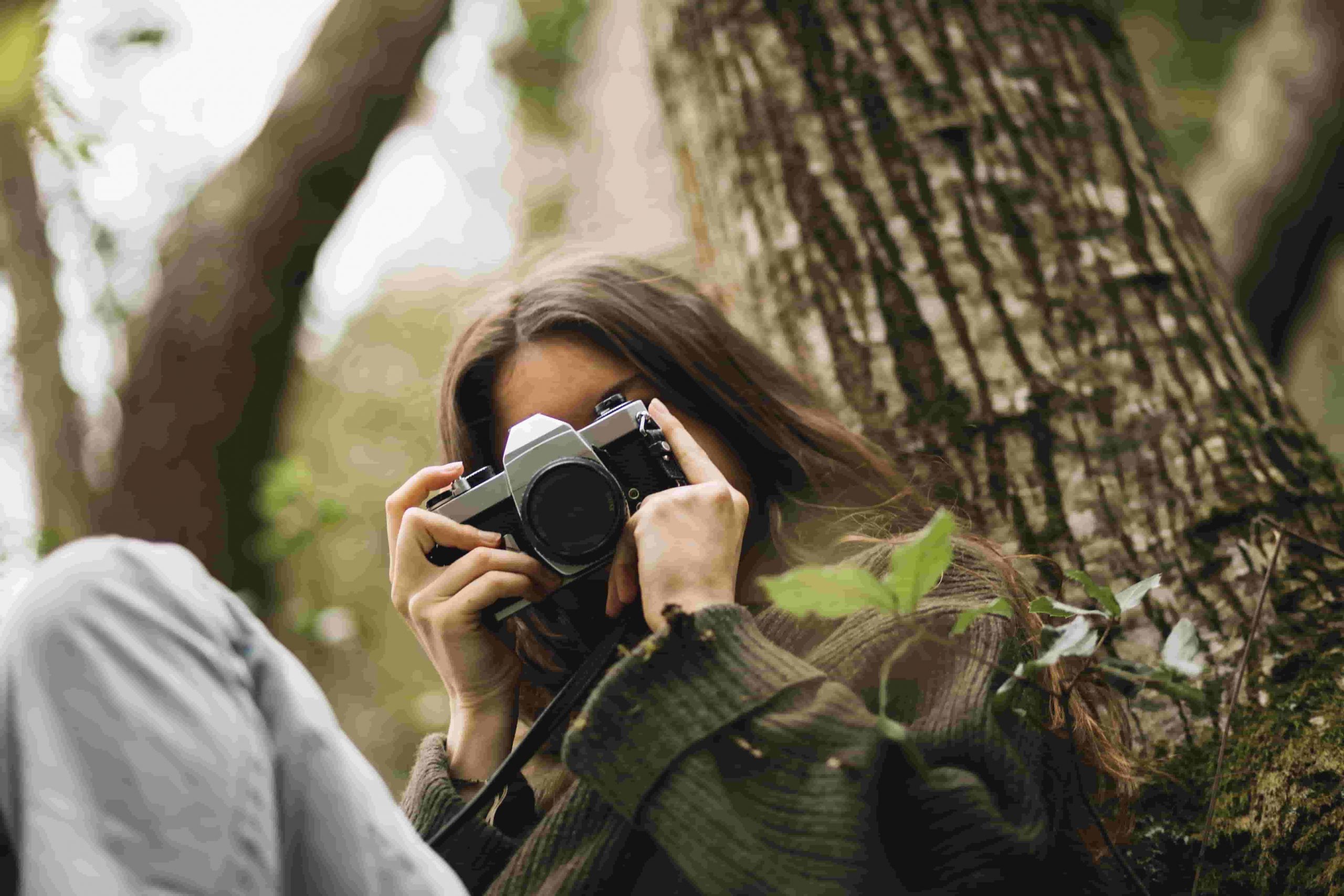
Introduction
Imagine standing atop a mountain, the vastness of the earth stretching out beneath you, begging to be captured. Landscape photography offers a unique way to seize these moments. For photography enthusiasts, outdoor adventurers, and content creators, capturing the perfect landscape is an art form that combines technical skills, creativity, and a passion for the natural world. This blog post will guide you through the essential tips and techniques to refine your outdoor photography skills.
Understanding Your Gear
To achieve breathtaking landscape photographs, having the right gear is crucial. Begin with your camera. While many modern smartphones can capture stunning landscapes, a DSLR or mirrorless camera provides greater control and versatility. Consider cameras with high resolution and good dynamic range to better capture intricate details and variations in light.
Next, choose the right lenses. Wide-angle lenses are popular for landscape photography as they allow you to capture large scenes. However, don’t overlook telephoto lenses, which can be excellent for picking out distant details and compressing perspective. A lens with image stabilization can also help reduce camera shake, especially in low light conditions.
Accessories like sturdy tripods, filters, and remote shutters further enhance your shooting experience. Tripods provide stability for long exposures, while filters, such as polarizers, can reduce glare and enhance colors. Remote shutters allow you to capture images without touching the camera, minimizing the risk of motion blur.
Mastering the Elements
Nature’s unpredictability can be both a challenge and an ally. Learning to work with natural light and weather conditions can transform your photography. Golden hour, the period shortly after sunrise and before sunset, offers soft, warm lighting that enhances landscapes beautifully.
Weather conditions, while sometimes unpredictable, can add drama and mood to your photos. Clouds can soften harsh sunlight, while rain and fog create moody, atmospheric effects. Always check the weather forecast before heading out, and be prepared to adapt your plans.
Understanding the environment you’re photographing is equally important. Take time to observe how light interacts with the landscape throughout the day. This helps you anticipate the best times to shoot and identify potential challenges, such as shadows or reflections.
Composition Techniques
The composition is the heart of compelling landscape photography. Consider the rule of thirds, a fundamental principle that involves dividing your frame into nine equal parts and placing important compositional elements along these lines or at their intersections.
Leading lines guide the viewer’s eye through your image, creating depth and interest. Look for natural lines within the landscape, such as rivers, paths, or horizons, and incorporate them into your shots.
Foreground interest adds depth and context to your photographs. Including elements like rocks, trees, or flowers in the foreground can anchor the scene and create a sense of scale and dimension.
Post-Processing Tips
Editing software can elevate your landscape photography by enhancing colors, contrast, and sharpness. Start with basic adjustments such as exposure, contrast, and white balance to ensure the overall image is balanced and visually pleasing.
Advanced techniques, like dodging and burning, can add depth by selectively brightening or darkening areas of your photo. Tools like Lightroom and Photoshop offer features to refine these adjustments precisely.
Consider experimenting with saturation and vibrancy to make your photos pop. However, use these tools sparingly to maintain a natural look. Subtlety often results in a more realistic and engaging image.
Staying Safe and Respectful
While capturing the beauty of the outdoors, it’s essential to prioritize safety and respect for nature. Always research your location beforehand, noting any potential hazards such as wildlife, unstable terrain, or changing weather conditions.
Respect local regulations and guidelines. Many natural areas have specific rules to protect the environment and wildlife. Follow these regulations to ensure the preservation of these beautiful landscapes for future generations.
Leave no trace. Carry out everything you bring in, and be mindful of your impact on the environment. This includes staying on designated paths and avoiding disturbance to local flora and fauna.
Sharing Your Work
In today’s digital age, building an online presence is a powerful way to share your photography and connect with other enthusiasts. Social media platforms like Instagram, Facebook, and 500px offer avenues to showcase your work to a global audience.
Engage with the photography community. Join online forums, participate in challenges, and offer constructive feedback to others. Collaboration and interaction can inspire and motivate you to improve your skills.
Consider creating a personal website or blog to share your portfolio and insights about your photography adventures. This not only showcases your work but also establishes your personal brand.
Conclusion
Landscape photography is a rewarding pursuit that combines technical expertise, creative vision, and a love for the great outdoors. By understanding your gear, mastering natural elements, refining composition, and employing post-processing techniques, you can capture stunning landscapes that tell a story.
Remember to prioritize safety and respect for nature as you explore new locations. Share your work with the world and connect with fellow enthusiasts to continue growing your passion for outdoor photography.
Ready to take the next step? Apply these tips on your next adventure and capture the world through your lens. Happy shooting!





